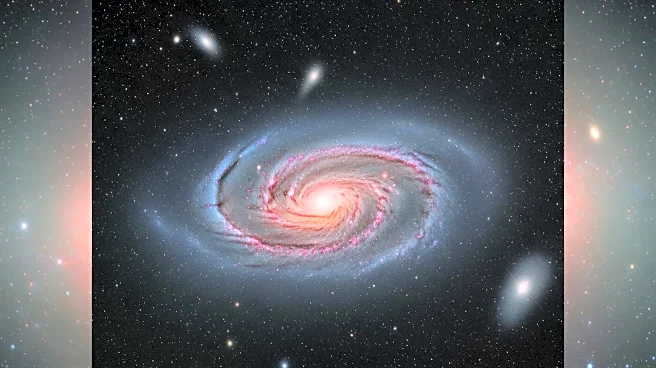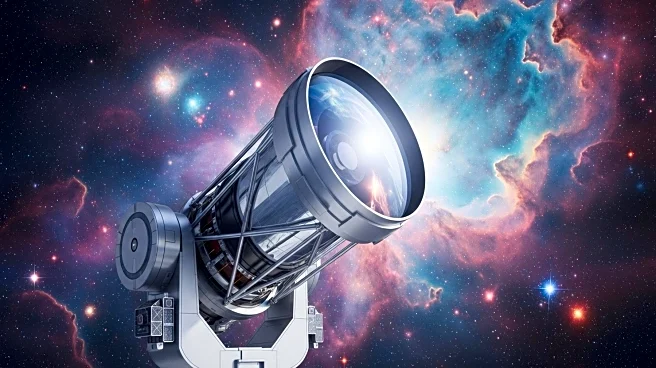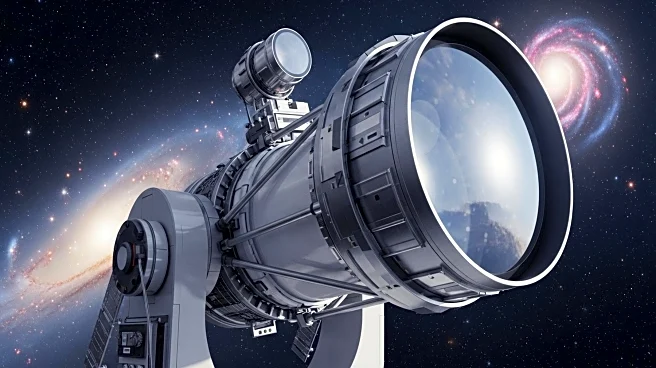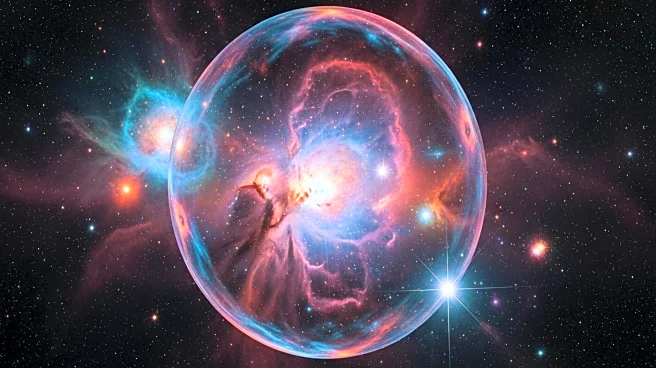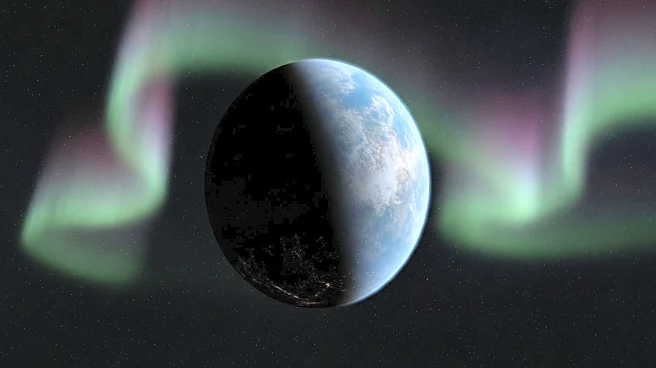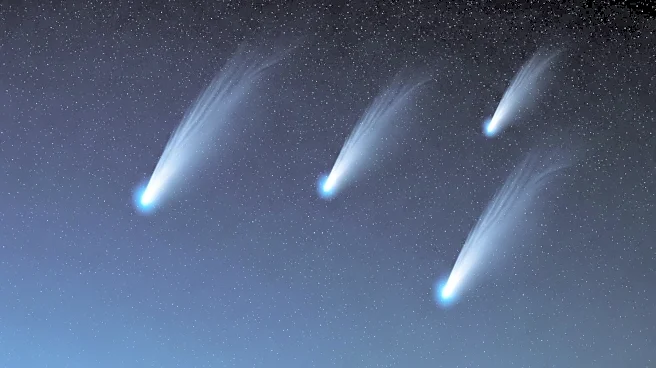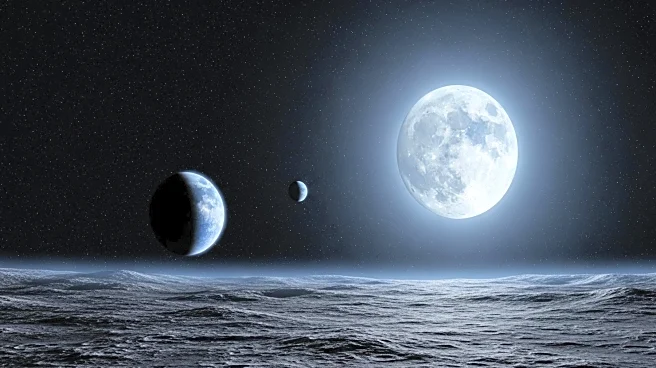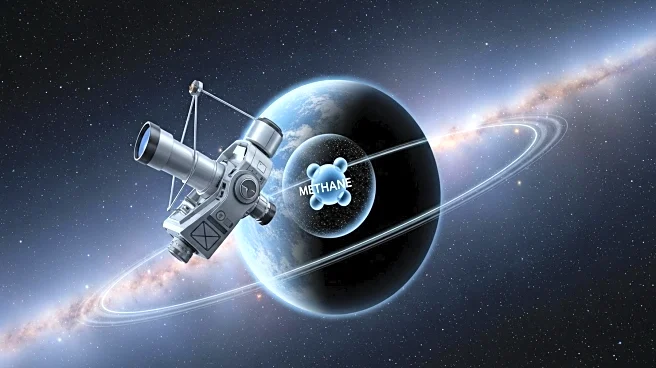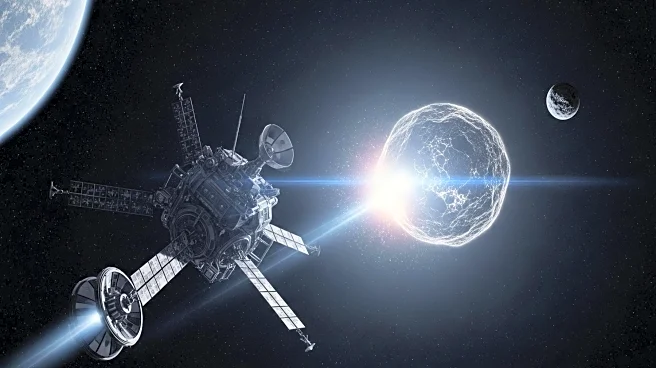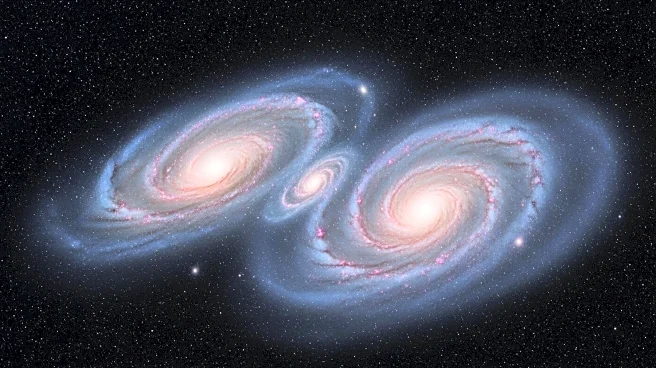What's Happening?
A recent study has identified 63 new young asteroid families, more than doubling the previously known number. These families, formed from the collision and breakup of larger celestial bodies, are less than 10 million years old. The research utilized a five-dimensional Hierarchical Clustering Method to analyze a catalog of 1.25 million asteroid orbits, revealing these new groups. The findings indicate that most of these families are less than one million years old and consist of 3 to 10 members, with some having more.
Why It's Important?
The discovery of new young asteroid families enhances our understanding of the solar system's evolution and the origins of meteorites. By identifying these families, scientists can better predict potential asteroid impacts on Earth, contributing to planetary defense strategies. The study also sheds light on the dynamic processes shaping our solar system, offering insights into the formation and evolution of celestial bodies. This research underscores the importance of continued observation and analysis to uncover the complexities of space.
What's Next?
Future research may focus on identifying additional young asteroid families, particularly those that are small, faint, and difficult to detect with current technology. As telescopic capabilities improve, scientists expect to discover more members of these families, providing a more comprehensive understanding of asteroid dynamics. This ongoing research could lead to improved methods for tracking and predicting asteroid paths, enhancing our ability to mitigate potential threats to Earth.

